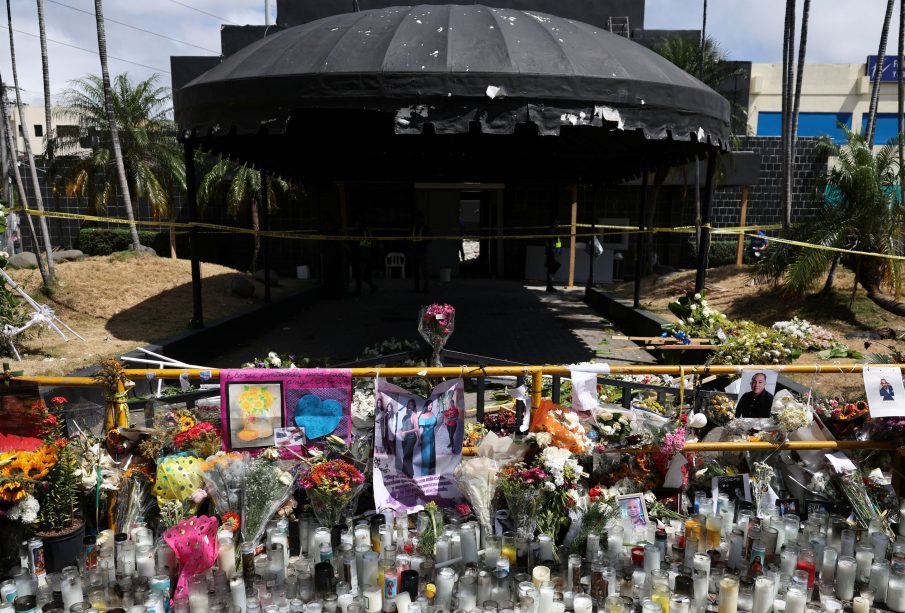Discover the Dominincan Republic: A Caribbean Jewel

Introduction
The Dominican Republic, a stunning nation situated in the Caribbean, has seen a remarkable resurgence in tourism and economic growth in recent years. Known for its breathtaking beaches, diverse culture, and rich history, the Dominican Republic attracts millions of visitors annually, making it a vital part of the Caribbean tourism industry. This article explores the current developments, cultural significance, and the future implications for both residents and tourists alike.
Tourism and Economic Growth
As of 2023, the Dominican Republic has witnessed a significant tourism boom, largely attributed to its government’s efforts to enhance infrastructure and promote safe travel. According to the Central Bank of the Dominican Republic, the tourism sector continues to be a major economic driver, accounting for approximately 17.9% of the nation’s GDP and employing over 700,000 people. Popular tourist destinations include Punta Cana, known for its all-inclusive resorts, and Santo Domingo, which boasts a vibrant colonial history.
Data from the Ministry of Tourism indicates that in 2022 alone, there were over 7 million international visitors, a figure that is expected to grow. The government’s campaigns to promote eco-tourism and adventure tourism have been particularly successful, attracting visitors interested in hiking, surfing, and exploring the island’s diverse natural landscapes.
Cultural Richness
The Dominican Republic is not only a paradise for beach lovers but also a hub of cultural heritage. The fusion of Taino, African, and European influences has created a unique cultural landscape, evident in its music, food, and festivals. Merengue and Bachata have their roots here and are celebrated throughout the country.
This year marks the 60th anniversary of the Merengue Festival, which showcases local music and dance, reinforcing the nation’s rich traditions. Moreover, the country’s gastronomy has gained international recognition, with traditional dishes such as Sancocho and Mangu featuring prominently in culinary tours.
Conclusion
The Dominican Republic stands at an exciting crossroads, balancing sustainable tourism and cultural preservation. As it continues to attract international attention, the future looks bright for both the local economy and the preservation of its vibrant cultural heritage. With ongoing investments in infrastructure and tourism development, the Dominican Republic is poised to maintain its status as a premier Caribbean destination. For prospective travellers, the opportunity to engage with this multifaceted culture while enjoying its natural beauty presents an experience that is truly unique.









